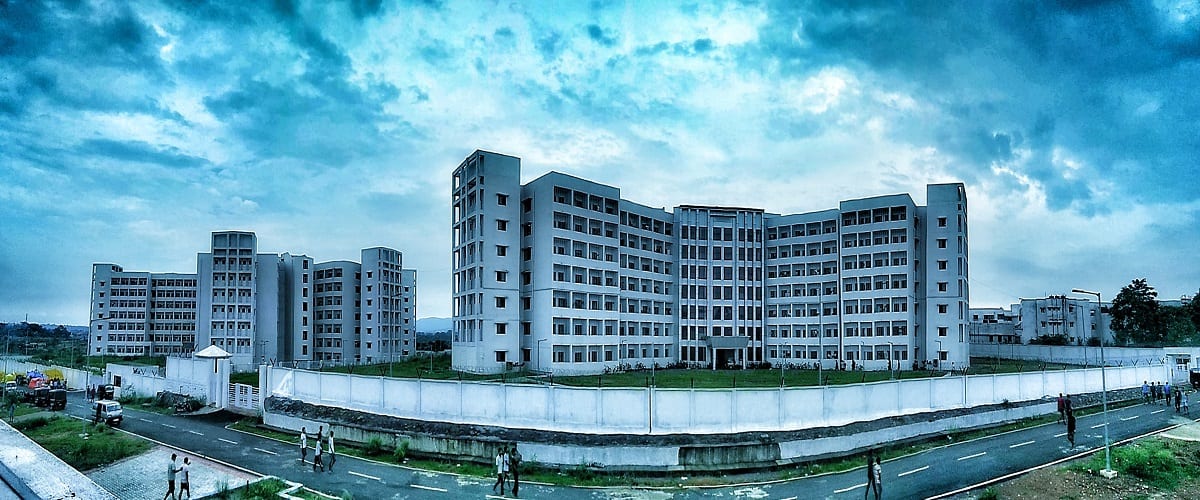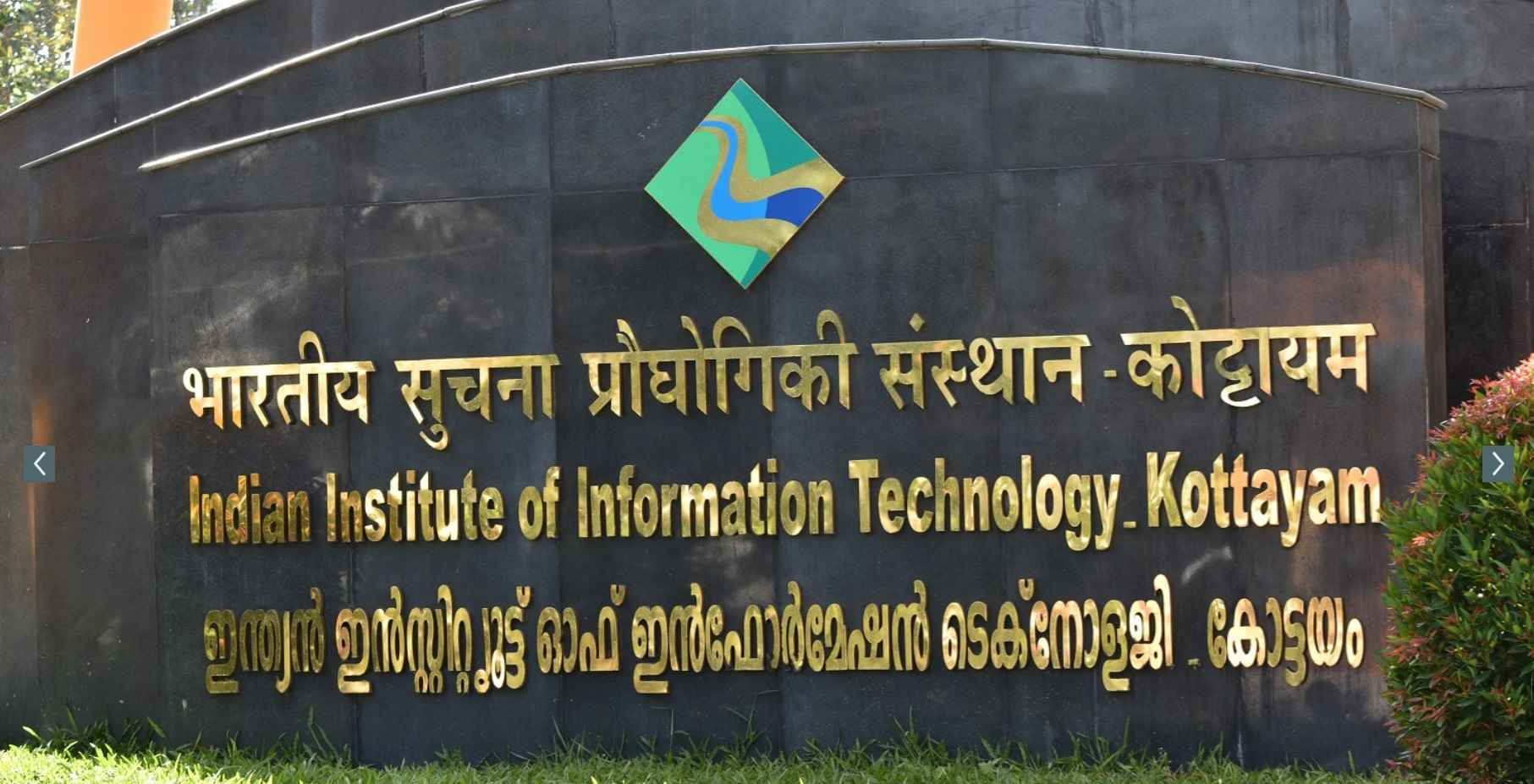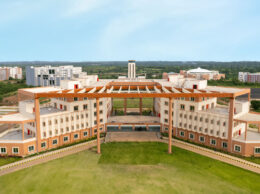Mumbai: IIT-JEE test is considered as one the toughest competitive tests in the world. On an average out of nearly 113 candidates applied for JEE Main 2016, only one candidate finally managed to get a seat in any IITs. To get admission into Indian Institutes of technology (IITs) for BTech courses, candidates have to appear the two entrance tests of Joint Entrance Examination (JEE) : JEE Main and JEE Advanced.
In JEE Main 2016, nearly 12 lakh candidates had appeared, while out of those 1.98 lakh students were declared eligible to appear the JEE advanced 2016. Out of registered 1,55,948 candidates in JEE Main 2016, only 36,566 were qualified as rank holders of JEE Advanced 2016. Total number of seats for all the 23 IITs (including Indian School of Mining (ISM), Dhanbad) was 10,575 for the academic year 2016-17 (B-Tech courses). Hence, to get a seat in IIT is a tough fight among candidates.
Similarly, for this year more than 10.20 lakh candidates applied for JEE Main 2017. More than 2.20 lakh candidates were declared to be eligible to appear JEE Advanced 2017. Finally, more than 1.70 lakh candidates appeared JEE Advanced 2017 exam held on 21 May 2017. For this year, the number of seats are expected to increase compared to last year; this year the total seat capacity may be around 11,000 for all BTech programmes.
How the Rank will be prepared at JEE Advanced 2017: Only candidates who appear in both Paper 1 and Paper 2 will be considered for ranking. The marks obtained by a candidate in Physics in JEE (Advanced) 2017 will be equal to the marks scored in Physics part of Paper 1 plus the marks scored in Physics part of Paper 2. Marks obtained in Chemistry and Mathematics will be calculated in the same way.
The aggregate mark obtained by a candidate in JEE (Advanced) 2017 is the sum of the marks awarded to him/her in Physics, Chemistry and Mathematics. Rank list is prepared based on the aggregate marks in JEE (Advanced) 2017.
If the aggregate mark scored by two or more candidates are the same, then the following tie‐break policy will be used for awarding ranks:
Higher rank will be assigned to the candidate who has obtained higher marks in Mathematics.
If this does not break the tie, higher rank will be assigned to the candidate who has obtained higher marks in Physics. If there is a tie even after this, candidates will be assigned the same rank.
Minimum marks for each subject and aggregate mark to qualify for ranking: Only candidates who score the minimum prescribed marks in each subject and in aggregate will be included in the rank list. The minimum prescribed mark varies with the category as given in the below table.
For general candidates (Common rank list), minimum % of marks in each subject is 10 while minimum % of aggregate marks is 35. For OBC- NCL category students, minimum % of marks in each subject is 9 while minimum % of aggregate marks is 31.5. For SC/ST category students, minimum % of marks in each subject is 5 while minimum % of aggregate marks is 17.5.
CRL is the rank list in which all candidates (across all categories) will be given ranks.
As per the Information Brochure of JEE Advanced 2017, the results of the test will be announced on 11 June 2017 (Sunday). The answer keys will be displayed on 04 June 2017 (Sunday) on the official website of JEE Advanced 2017.
Seat Allotment process will tentatively commence from 19 June 2017 by the Joint Seat Allocation Authority (JoSAA) 2017. The Joint Seat Allocation Authority (JoSAA) 2017 has been set up by the Ministry of Human Resources Development (MHRD) to manage and regulate the joint seat allocation for admissions to 92 institutes. This includes 23 IITs (Including IIT-ISM Dhanbad), 31 NITs, 20 IIITs and 18 Other-Government Funded Technical Institutes (Other-GFTIs).









